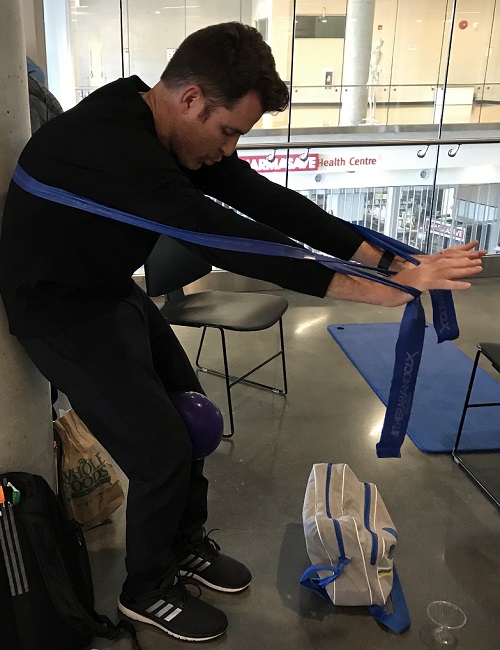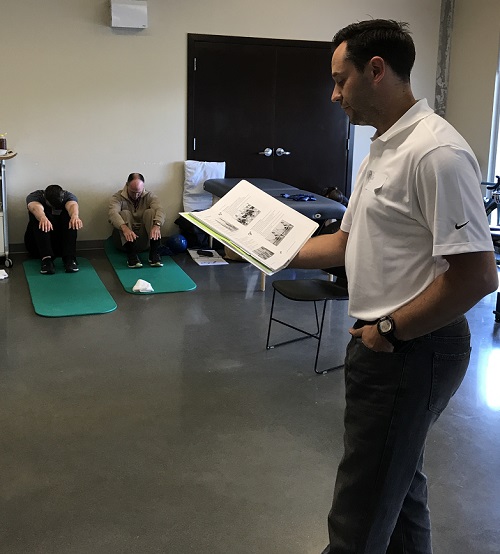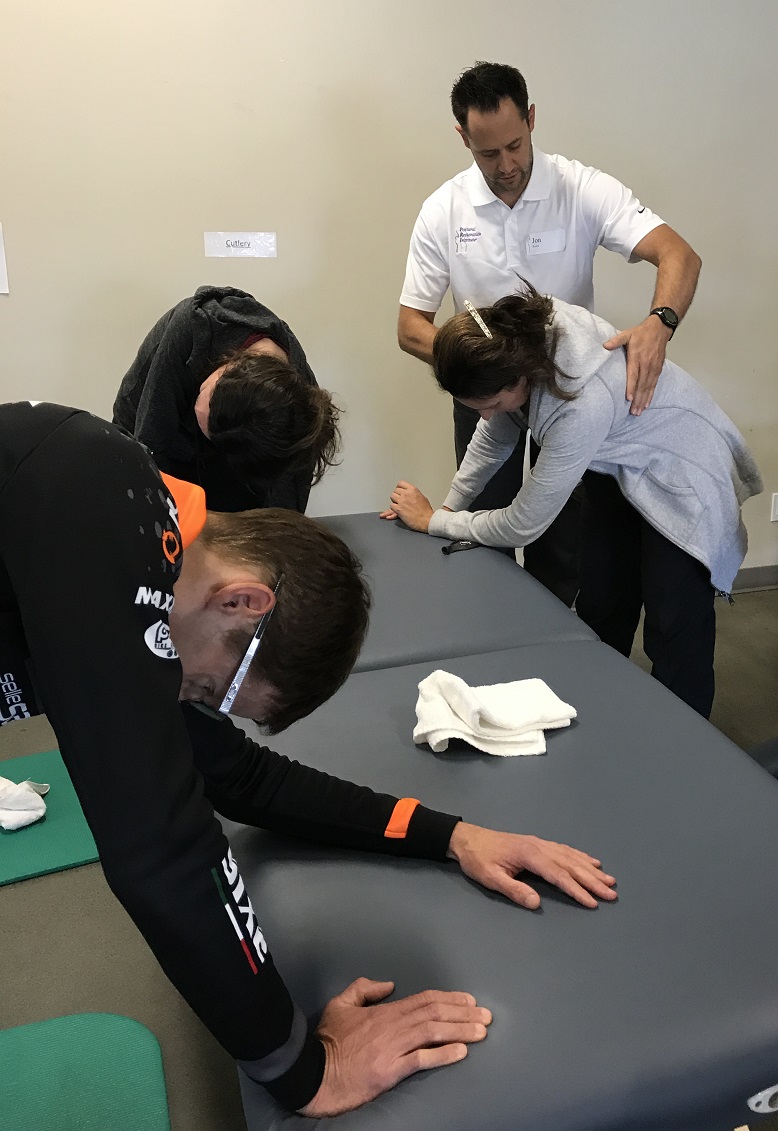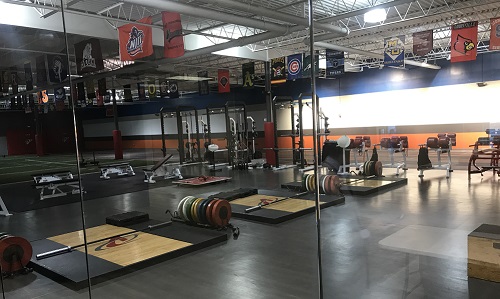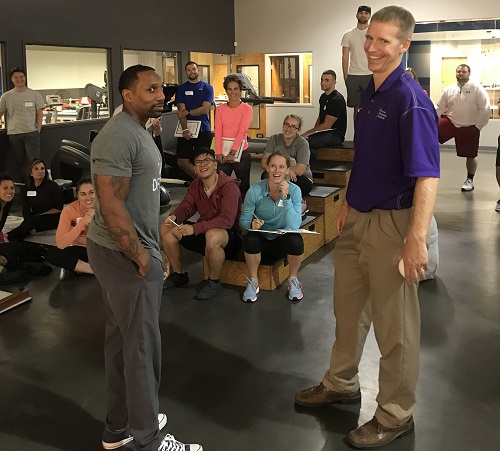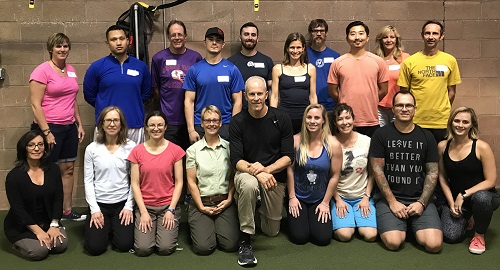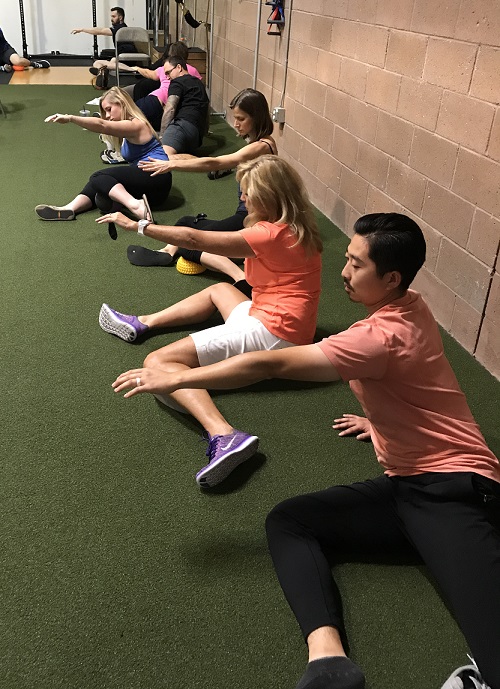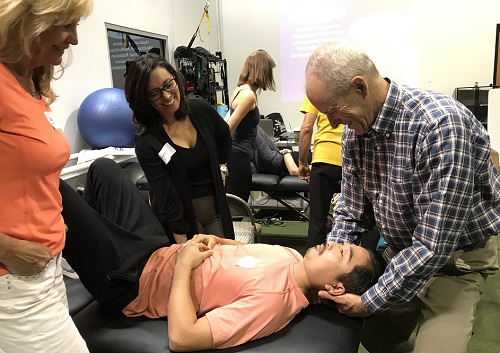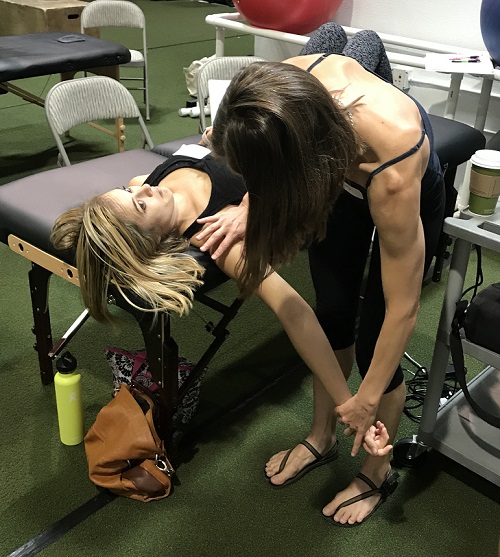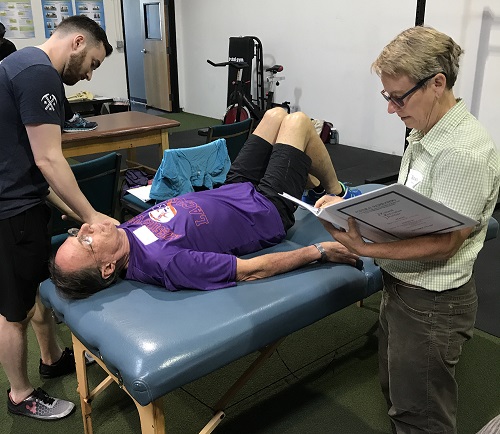“Innovations in Spinal Deformities and Postural Disorders” was just released on September 27th. We are so proud of Susan Henning, Jean Massé and Lisa Mangino from Advance Physical Therapy in Chapel Hill, NC, who spent countless hours summarizing their clinical experience utilizing Postural Restoration® with scoliosis and other spinal dysfunctions! Chapter 7 titled “Postural Restoration: A Tri-Planar Asymmetrical Framework for Understanding, Assessing, and Treating Scoliosis and Other Spinal Dysfunctions” is sure to be a popular reference for all PRI professionals who work with patients or clients with curvature of the spine.
I had a chance to get a little more information on Susan’s path of learning and teaching about scoliosis. She began her dive into and interest in scoliosis after attending the Advanced Integration course over 10 years ago, and shortly after she attended a Schroth Method course which expanded her focus and insight into working with that population. In 2014, Susan presented at our Annual Interdisciplinary Integration, where her presentation focused on the similarities of the Schroth and Postural Restoration® methodologies. While attending the International Society on Scoliosis Orthopaedic and Rehabilitation Treatment (SOSORT) meeting in 2016, Susan was introduced to Josette Bettany-Saltikov, PT, PhD, and she had the opportunity to introduce her to some of the PRI concepts. Josette began writing “Innovations in Spinal Deformities and Postural Disorders” with Dr. Sanja Schreiber and they asked Susan to contribute a chapter on Postural Restoration®. After the abstract for the book was accepted, Susan brought her colleagues Jean and Lisa on board to help write the chapter. They ended up finishing it in only 6 months! We are so thankful for all of the hard work they all put into making this chapter a reality.
We are also excited to have Susan, Jean and Lisa teaching the scoliosis section (day 4) of the Advanced Integration course this year, and in future years. If you are working with patients who have scoliosis, be sure to check out this chapter, and register for the Advanced Integration course! Their expertise of curvatures of the spine will provide course attendees with new material on treatment for non-pathological and pathological scoliosis curves, juvenile kyphosis and torticollis.


